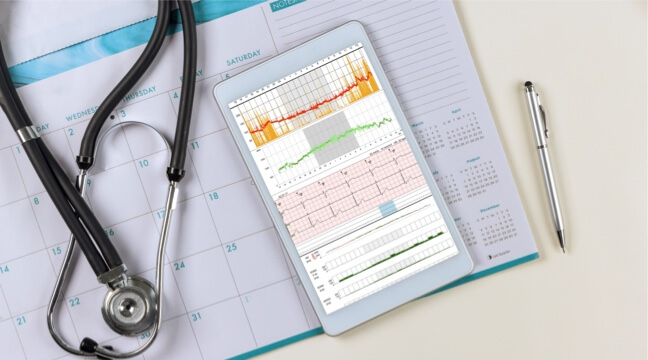ECGedu.com’s Basic ECG and Echo Bundle gives you access to all Basic ECG and Arrhythmia Courses, Basic Point of Care Echo, and ACLS Rhythms Course for 1 year at one low price.
Material Included:
- Basic Arrhythmia Interpretation – Learn to recognize normal and abnormal heart rhythms with this short, simplified arrhythmia course.
- Basic ECG Interpretation – Learn the basic normal and abnormal ECG findings, ECG criteria, and a simplified step-by-step approach to reading ECGs.
- Point of Care Echo – Learn cardiac anatomy and physiology through echocardiography. You will learn about the echo probe, the different echo views, the ventricles, the ejection fraction, and the valves. Also included are color flow Doppler, pericardial effusions and tamponade, pleural effusions, mass, vegetations, segmental wall abnormalities, the inferior vena cava, and the aorta.
- ACLS Rhythm Course – All ACLS rhythms are covered in this interactive video. Watch a rhythm strip, identify the rhythm, and then watch and listen to the detailed explanation.
See each individual course for full details.







